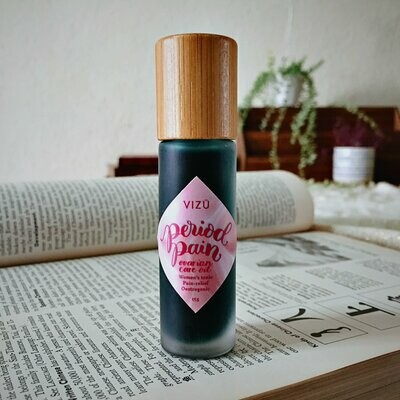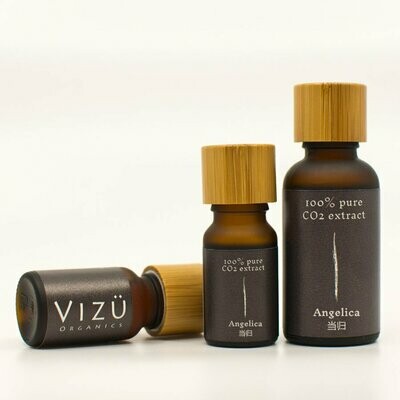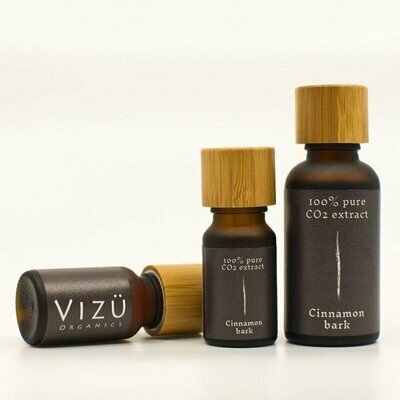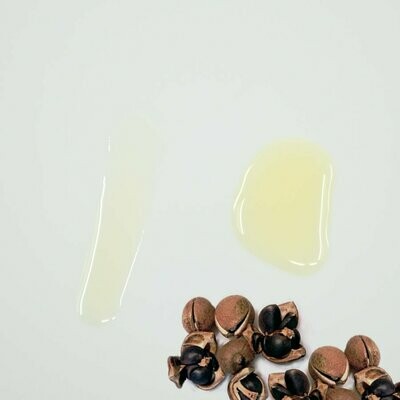Lovage root (川芎) CO2 extract
Botanical name: Ligusticum wallichii Franch. (Ligusticum Chuanxiong Hort)
Precautions:
- Dilute up to 0.8% before topical use.
- Lovage root is phototoxic - avoid exposure to direct sunlight for several hours after applying on skin.
- Excessive menses, bleeding disorders and pregnancy are not recommended to use.
The dried root of Ligusticum chuanxiong Hort. is one of the most popular herbal medicines in the world. Modern research indicates that organic acids, phthalides, alkaloids, polysaccharides, ceramides and cerebrosides are main components responsible for the bioactivities and properties of lovage root. In the past 20 years, rapid development by numerous experiments, pre-clinical studies and clinical trials, has advanced many aspects of the research of lovage root. It is not only used for medicinal purpose, but also for health care products, facial cosmetics, as a forage additive, tobacco flavour additive, natural preservative, and so on.
Different species of lovage is native to different parts of the world; namely Europe, China, Japan and Korea. In Europe, lovage is also known as love parsley. Herbalists recommend various preparations of lovage roots to stimulate urine flow and menstruation. In Asia, the stems are eaten to strengthen the body’s defences against infections and forcholera disease.
VIZU’s lovage root CO2 extract, which is native to China, is used for a wide variety of conditions, such as activating blood and circulation of qi (vital energy), expelling wind (flatulence) and relieving pain, including strengthening and increasing coronary blood flow. It is also used to increase cerebral blood flow and relieve celebral odema, control platelet agglutination and inhibit thrombosis, and also to reducing blood pressure by expanding peripheral blood vessels. It is known to have anti-radiation and bacteriostasis properties. Other uses are known to tranquilize and allay excitement as well.
A 2012 research found that lovage root oil possesses the favourable therapeutic effects on formed hypertrophic scars. This may be also a successful treatment for keloids. The Chinese Pharmaceutical Association also found that oil of lovage root possessed very low acute and chronic toxicity at the same time, therefore revealed its great value of development and utilization in clinical applications.
This product must be produced by CO2 supercritical extraction method due to its unstability.
Herbal Folk Tradition
The dried root of Ligusticum chuanxiong Hort., known as Chuan-Xiong in folk medicine, is one of the oldest and most popular herbal medicines in the world. It has been used for thousands of years in traditional Chinese, Japanese, and Korean folk Medicine. It was firstly cited as “Xiong-Qiong” in Shennong’s Classic of Materia Medica,(200–300 A.D., Han Dynasty) an oldest Chinese herbal classical masterpiece. This herb is otherwise known as Senkyu (Jananese), Ch’onkung (Korean), and Szechuan lovage root (English), respectively.










